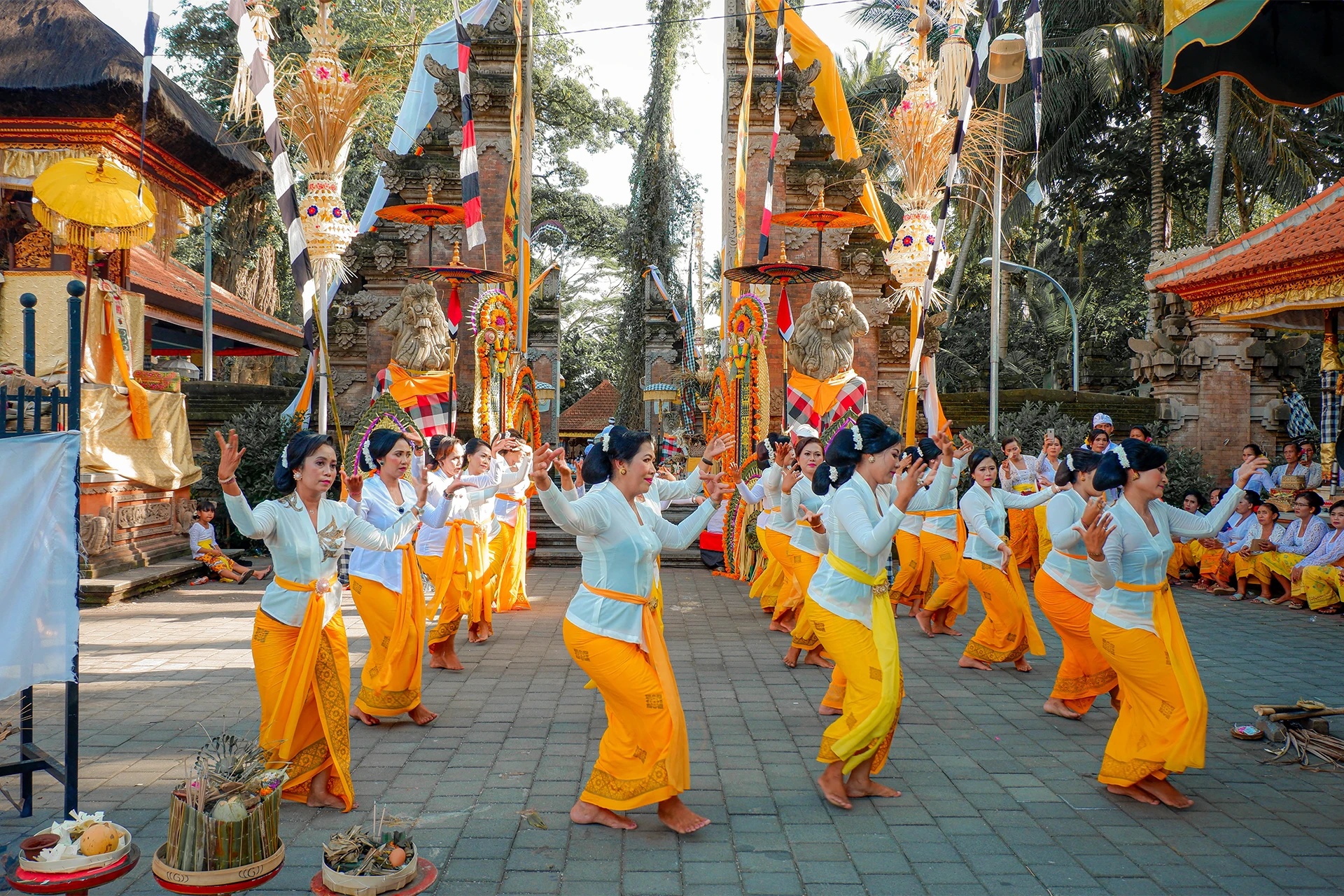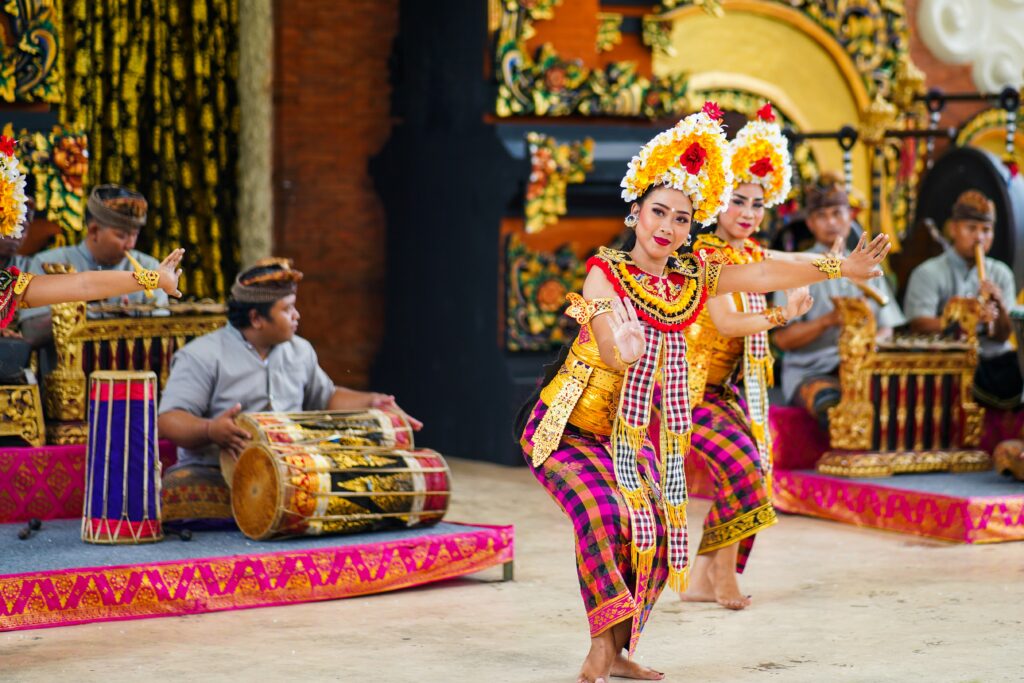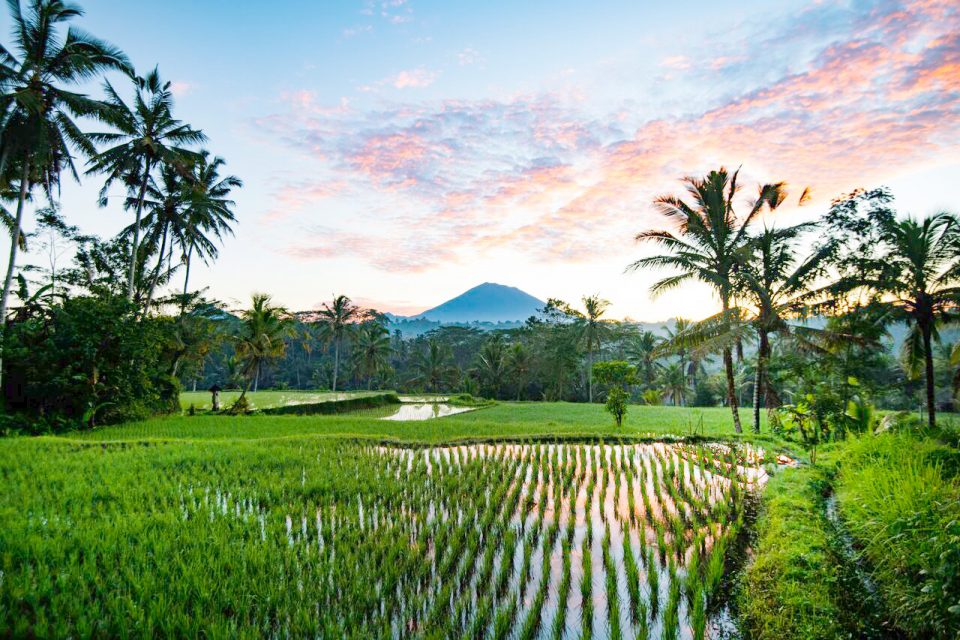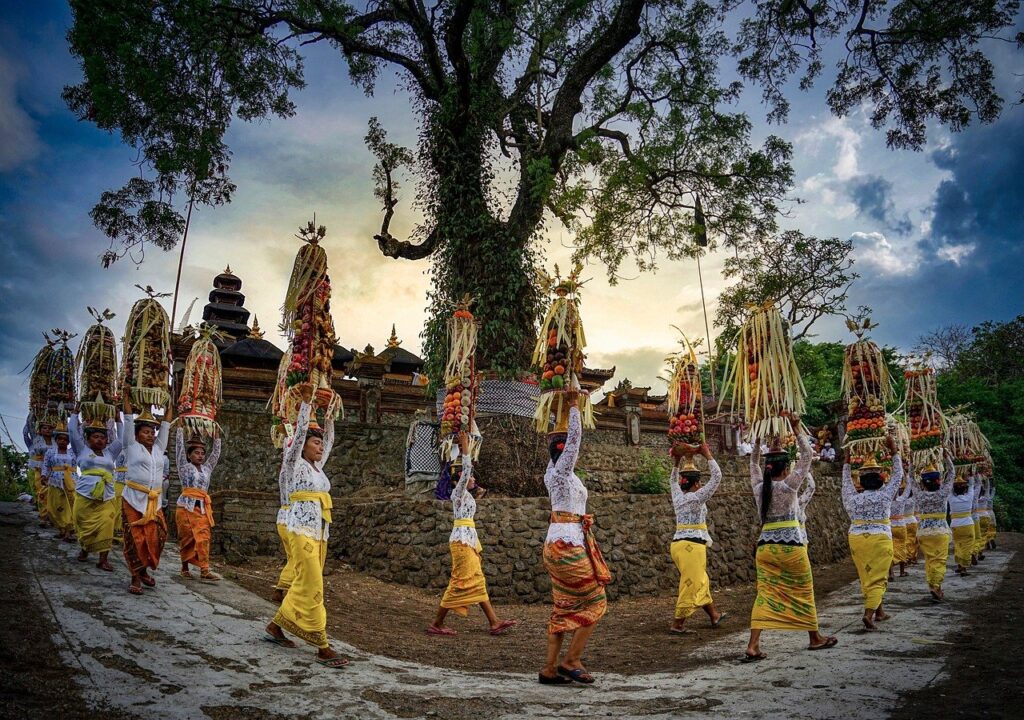“Guardians of Tradition: How Bali Preserved Its Culture Against All Odds”

Bali, often described as the “Island of the Gods,” is not only known for its breathtaking natural beauty but also for its vibrant, deeply rooted culture that has endured for over a thousand years. Unlike many places in Southeast Asia that have seen their indigenous traditions diluted or erased by colonization and globalization, Bali has stood as a symbol of cultural resilience—protecting and nurturing its unique blend of religion, art, ritual, and community life through centuries of change.
This is the story of how Bali’s history, spirituality, and identity have withstood the test of time, remaining remarkably intact amidst foreign domination, natural disasters, and modern tourism.
1. Origins: Austronesian Roots and the Rise of Balinese Identity
The earliest settlers of Bali arrived around 2000 BCE, part of the Austronesian migration that spread through the Pacific and Indian Oceans. These seafaring people brought rice cultivation, ancestor worship, and early forms of animistic religion.
By the 1st century CE, Indian influence began to arrive through trade and maritime contact. This brought Hinduism, Buddhism, Sanskrit literacy, and political structures. Balinese culture began to fuse these ideas with existing indigenous traditions, creating a distinctive syncretic society.
2. The Majapahit Legacy and Classical Hindu-Buddhist Bali
The defining period in Balinese history came in the 13th–15th centuries, when the Majapahit Empire of Java—one of the last great Hindu-Buddhist empires of Southeast Asia—extended its reach to Bali.
After the fall of Majapahit to the Muslim-led Demak Sultanate in the early 16th century, many Hindu nobles, priests, and artists fled to Bali, transforming the island into a refuge of classical Javanese Hindu-Buddhist culture.
Lasting Impacts:
- Establishment of the caste system in Balinese society (though distinct from the Indian version).
- Codification of Balinese Hinduism: a unique version of Hinduism blending animism, Buddhism, and Shaivism.
- Explosion of artistic and architectural expression: temples (pura), dance, gamelan music, and shadow puppetry (wayang kulit).
To this day, Balinese temples retain Majapahit-style architecture, and rituals like Galungan and Nyepi reflect this cultural heritage.

3. Dutch Colonization: Resistance and Preservation
While much of Indonesia fell under Dutch colonial rule in the 17th century, Bali resisted European control longer than most. The Dutch made multiple failed attempts to subjugate the island until the early 20th century.
Key Events:
- Puputan (1906 and 1908): Mass ritual suicides by Balinese royals and their courts in Denpasar and Klungkung to avoid surrender to the Dutch. These events became legendary examples of Balinese honor, resistance, and sacrifice.
- Despite conquest, the Dutch saw Bali as an “exotic paradise” and implemented cultural preservation policies, romanticizing Balinese traditions while restricting modernization.
Ironically, Dutch rule helped preserve Bali’s cultural integrity, keeping Islamic conversion and industrial development at bay, which swept through the rest of the archipelago.
4. Post-Independence Bali: Revival, Struggle, and the 1965 Tragedy
Indonesia gained independence in 1945, and Bali became part of the modern republic. The post-colonial era brought both opportunity and trauma.
Key Events:
- Balinese Cultural Renaissance (1950s–1960s): A revival of dance, music, painting, and temple building, encouraged by national and global interest.
- 1965 Anti-Communist Massacres: In the political chaos after a failed coup in Jakarta, mass killings swept across Indonesia. In Bali, up to 80,000 people (including many intellectuals and artists) were killed in a matter of months. It was one of the darkest moments in Balinese history, yet it remains under-discussed and under-recognized today.
Despite the trauma, Bali’s cultural resilience endured, and traditional practices quickly reasserted themselves in daily life.
5. Tourism and Globalization: A Double-Edged Sword
The 1970s brought an influx of foreign travelers drawn by Bali’s spirituality, scenery, and culture. The government and global media marketed Bali as a cultural haven, fueling the growth of mass tourism.
Impacts:
- Cultural preservation: Tourism incentivized the maintenance of temples, dances, and ceremonies.
- Commercialization: Some rituals became performative, designed more for tourist consumption than spiritual significance.
- Environmental and social strain: Overdevelopment, water scarcity, waste, and land displacement challenged traditional ways of life.
Still, many Balinese communities worked to balance tradition with modernity, resisting homogenization through cultural education, village cooperatives, and religious revival movements.

6. Balinese Hinduism: Living Ritual in a Modern World
Unlike India’s Hinduism, Balinese Hinduism incorporates local animist and ancestral beliefs, Mahayana Buddhist elements, and strong environmental ethics.
Core Beliefs:
- Tri Hita Karana: The philosophy of three balances—between humans, gods, and nature.
- Daily offerings (canang sari): Small, colorful offerings made to spirits and deities every day, symbolizing gratitude and harmony.
- Ritual calendar: The Pawukon and Saka calendars guide daily life, from ceremonies to agricultural tasks.
This ritual complexity and community involvement has helped cement cultural identity, with children taught traditional dances, prayer, and craftsmanship from a young age.
7. Arts and Expression: A Culture of Creativity
Balinese identity is expressed through art forms that serve spiritual as well as social functions:
- Dance and drama: Barong, Legong, and Kecak performances retell ancient epics like the Ramayana.
- Gamelan music: Percussion-based ensembles accompany rituals and performances, evoking cosmic balance.
- Architecture: Balinese temples and homes are built according to spiritual geomancy, aligning with sacred directions and energy flows.
- Painting and sculpture: Blend realism and symbolism in narrative religious themes.
Art is not separate from life—it is life. In Bali, nearly every villager plays a role in artistic production, whether in ceremonies or performances.
8. Modern Challenges and Cultural Adaptation
Today, Bali faces a number of modern challenges, including:
- Over-tourism and gentrification in areas like Ubud and Seminyak.
- Loss of farmland and sacred spaces to real estate and resorts.
- Cultural dilution as younger generations seek modern lifestyles.
Yet Bali’s traditions continue to adapt and evolve:
- Digital rituals emerged during the COVID-19 pandemic, including livestreamed ceremonies.
- Eco-tourism and cultural education centers aim to create sustainable alternatives.
- Youth involvement in gamelan orchestras, dance troupes, and temple festivals helps anchor identity in a changing world.

Conclusion: The Island That Remembered
Bali is more than just a destination—it is a living cultural system, where ancient rituals coexist with modern pressures. Through colonialism, violence, tourism, and globalization, the Balinese people have managed not only to preserve their traditions but also to infuse them with new meaning.
Their culture is not static; it is resilient, flexible, and rooted in a philosophy that sees life as a sacred balance.
As the world moves faster and cultures fade under global influences, Bali remains a rare example of how a community can remember—through ritual, dance, prayer, and resilience—who they are, and where they came from.




